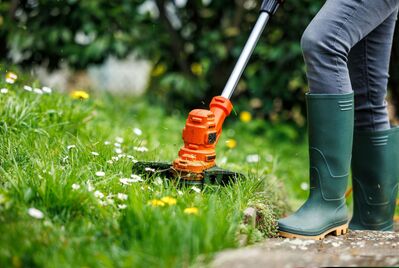What are school catchment areas and what do buyers need to know?

When looking for a property, the top criteria for many buyers with children is finding location in a catchment area for high quality schools. This can be an overwhelming and somewhat mystifying process, as it can feel like a lot of pressure to find a home in the perfect location, whilst there seemingly being an endless amount of factors to consider.
In the following article, we will look at how school catchment areas work, how to work out what catchment area a property is in and how you can apply all of this knowledge when looking for your next home.
What a school catchment area is and how it works
A school catchment area is an area defined around a school, from which the school will select the majority of its student intake. Each year, the exact distance the catchment area covers is subject to change as the local population shifts.
It is worth noting however, that not every child living in a catchment area for a school will necessarily be guaranteed a place, it just increases the likelihood. Additionally, not all schools adhere to a catchment area system, so it is worth checking the website of any schools you are particularly interested in to determine this.
What makes up the criteria?
The distance of a catchment area differs for each school, but local councils tend to work out the areas by looking at these key factors:
-
The distance of the walk between home and school – (this is the most commonly used method)
-
The school simply closest to home (in proximity rather than a measurement of a specific distance)
-
The ‘how the crow flies’ measurement, which is just the distance in a straight line between home and school (not taking the route into account)
-
Priority admission areas- some schools base their catchments on prioritising students from certain towns or villages (this is usually the method for schools in rural locations or populations)
How to work out which catchment areas your prospective home is in
Luckily there are a couple of ways to determine whether the prospective houses you are looking at fall within the school catchment areas you are interested in. The School Guide is a helpful tool, as you just input the property’s postcode into the search bar and the website shows you all the closest schools to you and their catchment areas.
You can also determine a school’s student intake system by the school’s own website or by calling them up to discover whether they adhere to a catchment area system, and if they do, what area does this cover.
What other factors can affect how catchment areas work?
It is important to take into consideration that there are some other factors that can influence a prospective student’s eligibility for a place within a catchment area. We have listed the main factors for you below:
-
One of the most common reasons for a student having increased chances of getting into a certain school are if they already have a sibling at that school. Many schools will give admissions priority to those students.
-
Another aspect that can maximise a student’s chances of getting into a primary school, is if they already attend a nursery associated with the school. Or in the same vein, students at a primary school joint with a secondary school will have a greater chance of getting into that secondary school.
-
Medical and social needs have a great impact on children being able to get into a certain school, for instance if a student has a disability or they are in foster care. If a certain school is specified on a child’s ECHP then they are legally entitled to a place there.
-
Academic performance is one of the primary factors for admissions to a grammar school, as it is compulsory for students to pass the 11 plus exam to obtain a place. This is due to Grammar schools only accepting students of high academic skill.
-
Religion is a major factor for students getting into many schools around the UK, such as faith schools. Faith schools are associated to certain religions, therefore students who adhere to that particular faith will be given priority for places, or the school might exclusively be for students who follow that religion.
Tips for property searching for homes that secure the best chance of your child attending a good school
Our main tip would just be research, research, research! The best way to figure out which location you would like your next home to be in is simply to look up the schools in the area and check their websites and ratings and then look up their catchment areas. You can even attend open days or ask for tours with the head teacher to get a more complete picture of a school you are particularly interested in.
Another tip is that many schools have overlapping catchment areas, so you could choose locations within multiple catchment areas for high quality schools to maximise your chances. It is worth bearing in mind however, that because these areas are very desirable to live in, they often come with a higher price tag.
Of course, as well being in a catchment area for good schools, for the area you choose to situate yourself in has other aspects such as local clubs and outdoor activities to optimise a wholistic educational experience.
To get started finding your next home in the right catchment area for your family, contact your local branch or book a free valuation here.






